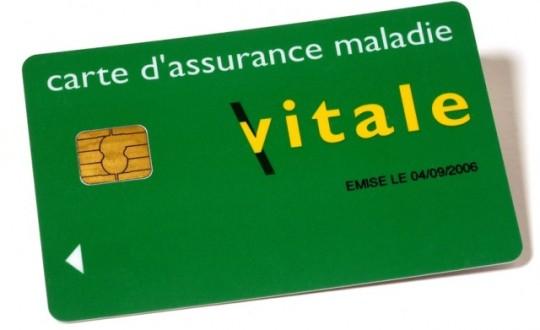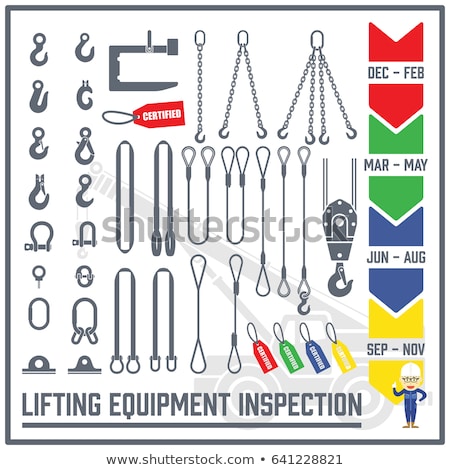
画面クリックで画像が消えます

画面クリックで画像が消えます



Contents:


When you’re ready, feel free to move onto the next lesson on journal entries. A check counterfoil is the part of the check kept by the drawer of the check as a record of the transaction – a record that the check was written and the payment was made. Receipts are documents confirming that cash or goods have been received.
The summary includes your payments, credits, purchases, cash advances, balance transfers, fees, interest charges, and amounts past due. A packing slip is an internal document that includes a complete list of items included in a package. If you’re shipping a product to a customer, saving the packing slip enables you to prove that the purchase took place and was fulfilled. A debit note is a document that records the fact that an invoice has been paid, resulting in a decrease in the amount owed to the supplier. A Credit Note is a document that records the fact that an invoice has been received, resulting in an increase in the amount owed to the supplier. Note that the purchase order and dispatch note are not records from which accounting transactions should be entered.
A sales order, when coupled with a bill of lading and/or packing list, can be used to invoice a customer, which in turn generates a sale transaction. Discover Pinterest’s 10 best ideas and inspiration for Source documents accounting. Resources in the receipt, completion, and delivery of customer orders.
Proof of Funds (POF): Definition, What Qualifies, and How to Get.
Posted: Sat, 25 Mar 2017 22:01:30 GMT [source]
Source documents are critical to auditors, who use them as evidence that recorded transactions actually occurred. A source document is also used by companies as proof when dealing with their business partners, usually in regard to a payments. Examples of source documents are cancelled checks, credit memos, deposit slips, expense reports, invoices, material requisition forms, purchase orders, time cards, and sales receipts.
Therefore, in the absence of such documents, no transaction will be entered into the books. On the sale of goods on credit, the seller of the goods prepares a sales invoice. It is prepared in three copies, the first one is delivered to the buyer, the second one is kept in the bundle of goods, the third copy is retained by the seller for future reference. It contains the details like the name of the purchaser, description of goods sold, i.e. quantity and price of the units sold, total amount, and tax.
Other institutions, however, may add to these general requirements. Many businesses and government agencies also use the IRS standard of complete, legible, and accurate reproductions of original documents. A timesheet is a data table that an employer can use to track the time that a particular employee has worked during a certain period. Businesses use timesheets to record time spent on tasks, clients, or projects. There are different methods to record timesheets, such as paper, spreadsheet software, and online time tracking software. This document originates from an outside company and enables you to prove that your business completed a transaction with another business.

A variety of documents are utilised in small business accounting to compile the financial accounts of the enterprise. The accounting books’ core papers—purchase orders, invoice source documents, and receipts—contain all pertinent information about each transaction. Before recording a business transaction in your business’s accounting books, you must be sure that you’re reporting the correct transaction date, payer, payee, and amounts. Source documents are the physical proof of this information, providing a reference point for the bookkeeping process. They can also be used as evidence for an audit or for tax preparation. While these records may be physically filed away as paperwork, in many cases they will be electronic with a timestamp and date for reference.
Having source documents readily available will make the reconciliation process easier and more accurate. It’ll also help to gather clean data that can be translated into business insights. In considering all the elements that are essential for business compliance, the successful management of source documents is at the top of the list. You should document your compliance with internal requirements closely with company records. You might need them if you decide to sell your business or if legal action is taken against your business.
Internal source documents can be used to keep records and track business activity over time. If the journal entry is incorrect, it can make the entire accounting record inaccurate and cause tremendous problems for the business going forward. The examination of source documents, therefore, is a critical first step to keeping accurate accounting records. Sales workflow documents include sales orders, packing slips, invoices, sales receipts, and bank deposit slips. They’re all crucial documents for creating a paper trail for your company’s transactions.
So if your business receives cash payments and then wants to deposit this, you would make a deposit at the bank and keep a copy of the deposit slip. Receipts are the normal source document for anincome transaction where cash is received immediately, or where we receive a payment from a debtor. This book tracks the returns of goods sold to clients on a credit basis. A credit note is created, and we must send the original copy to the entity that supplied the items.
In average collection period formula, the definition of a source document is a piece of paper that proves that a transaction has occurred. Source documents contain pertinent information about the transaction, such as the date, the dollar amounts, the involved parties, and the purpose of the transaction. These documents serve as proof not only that the transaction has occurred but also of the details of the transaction. With advances in technology, source documents now also include electronic records, such as an emailed receipt or an electronic bank statement.
As you can see, all of the source documents are used to ensure that only proper goods are ordered, received, and paid for. A receiving report is issued and all three of these documents are sent to the accounting department to approve the invoice from the vendor. If all of these documents agree, the invoice is approved and the cashier issues a check for the goods. The bank will keep a record of the transaction so that it appears on both the payor’s and the recipient’s bank statements.
Financial Performance: Definition, How it Works, and Example.
Posted: Sat, 25 Mar 2017 20:02:48 GMT [source]
That small businesses must hold onto any records that support deductions, income, and credits until the period of limitations for that tax return has expired. This can be anywhere from three to seven years, depending on your tax situation. Reconcile account balances with supporting documents to ensure they’ve been recorded. Lockbox check images support the recordation of cash receipts from customers. Payment confirmations are documents serving as proof that payment has been made byelectronic transfer. Instead of making payments by check, a business can make payments online or by other electronic means.
When a business delivers goods or provides services and allows the purchaser time to pay it will issue an invoice. A check is a unique bank note that serves as the customer’s payment’s representation of cash. When a consumer pays their bill, they send a remittance advice to the supplier that includes the payment amount and the invoice numbers.
A materials receipt that specified the objects purchased and the price paid, but that was scanned without the name of the supplier would not qualify. A document that presented all the information in the original receipt, but that had been retyped in Word or Excel format would also not qualify. Also, another entry reversing the payment will have to be made in Acme’s books.
After the journal is subdivided into subsidiary books, the journal becomes a residuary book in which transactions not recorded in the other subsidiary books are present. The kinds of transactions recorded in the journal proper include opening, closing, adjustment, rectifying, transfer, etc. The products will be sold in cash and documented in the cash book rather than the sales book. When the company is small, we can document every transaction in the journal, but this is no longer practicable as the company grows.
Invoices are documents listing goods or services provided, as well as their prices. Bookkeepers and other accounts personnel are adamant that a business keepsrecords of everything. As mentioned in the previous lesson, the source document is the first document that exists relating to a transaction. A cashbook shows a debit balance because a business person cannot pay more cash than he has. Cash Memo – Cash memo is a document prepared by the seller when goods are sold in cash.

This section provides an overview and description of the source documents themselves. They come in many shapes and sizes, but they can be split into three categories. All in all, source documents are an important aspect of running a business.
To record and let the other party know that an economic transaction occurs. Our writing and editorial staff are a team of experts holding advanced financial designations and have written for most major financial media publications. Our work has been directly cited by organizations including Entrepreneur, Business Insider, Investopedia, Forbes, CNBC, and many others. At Finance Strategists, we partner with financial experts to ensure the accuracy of our financial content.